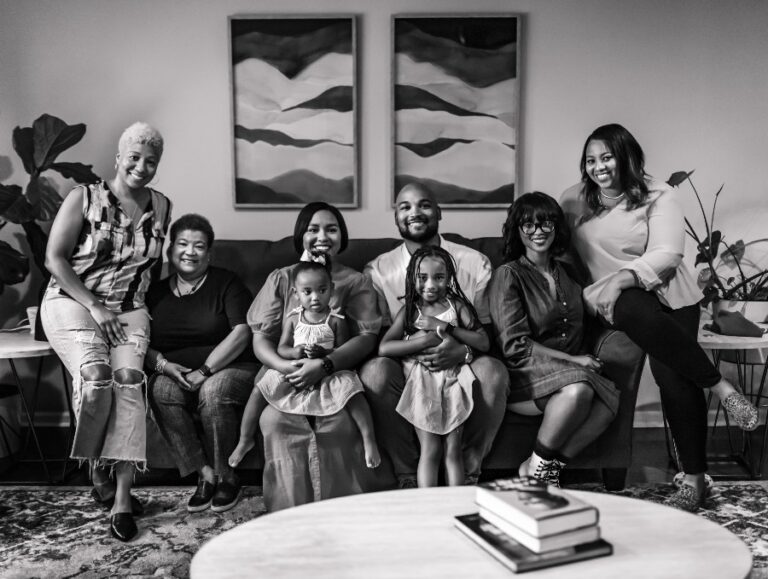Arguably, the most delicate relationship in blended families is the interaction with “her”: The Ex.
She was there before you and her relationship with your partner is full of details you will never be fully privy to. Perhaps she still holds a candle for your partner. Perhaps she is fully invested in her children and is testing you to see if you’ll stick and stay.
As someone who has had a rollercoaster relationship with the mother of my two stepchildren, here are some lessons I’ve learned and continue to re-learn regularly.
1. Consider her point of view.
I’ll be honest with you: Entering a relationship with my now husband wasn’t the smoothest transition. I was the first woman he was in a relationship with after his ex, and his daughter was barely 1 year old. Can you imagine the resentment and confrontations?
While there were never any physical altercations, there were many, many, many blowups. I couldn’t understand what her gripe was with me and wasn’t going to back down from behavior I saw as disrespectful.
Once I was able to take a step back and realize that her frustration was not with me personally, but instead the fallout and collateral damage from their relationship, it helped me learn how to communicate with her better. Often times that meant not engaging at all and cutting off communication. Other times, that meant being very direct and honest about interaction I felt was disrespectful or better communicating roles and responsibilities of our family. Now, almost nine years into our relationship, our interactions are less explosive and more civil. We’re getting there.
2. Find common ground with her.
You don’t have to look very far to find the commonality in a blended family relationship—the children are your common ground. Too many times adults (myself included) let their emotions take over and remain front in center when dealing with what’s best for their children. I look at my stepchildren and often feel blessed to be in their life as another caring adult who loves them with intention.
Remembering your common ground when dealing with her is of the utmost importance. Put it in the front of your mind, not as an afterthought.
3. Set boundaries.
It’s true that people will treat you the way you allow them to. I learned a hard lesson in expectations this year. When there were inconveniences in work schedules between her and my husband, I volunteered to pick up and/or drop off the kids at school every day. Three years of that schedule led to feelings of underappreciation, which started to fester and eventually exploded.
Once I figured out that the load I was carrying was beyond my capacity, I made some swift changes that were surprising to her. I had to set new boundaries, which meant scaling back on commitments I volunteered for.
Don’t overcompensate. Don’t overcommit because you feel guilty or obligated because of your role as a stepmom. Set your boundaries early and often. It’s easier to give more down the line than to give it all upfront and ask for a return later.
4. Practice self-care.
This ties into my last point about setting boundaries. We must all learn to be kind to ourselves. Blended families require a heightened level of energy and communication that nuclear families do not.
With blended families, there are at least three adults in the mix. (In our case, there are four.) That means juggling said adults’ schedules, and the kids’ school, extracurricular, and social schedules, which requires managing everyone’s expectations and feelings, and watching out for miscommunications, among other things.
That’s a lot of output!
When I say self-care I do not mean bubble baths, nail appointments, and dating yourself, although those are all beneficial to our self-esteem and self-confidence. I mean knowing your triggers, spending time with yourself to figure out what works for you, and articulating your needs to others.
I often feel alone and in a silo as a stepmother. Many times those feelings are exacerbated when dealing with her. I’m finding as my attention is more invested in my own self-work, I am less defensive and can be more prepared to engage fully in hard conversations and encounters—respectfully and reasonably.
Dealing with her comes with challenges unlike any relationship you’ve dealt with in the past. In the beginning, we couldn’t be in the same room due to tensions between us. Now, we enjoy joint birthday parties with the kids so no one misses out on the experience of family on special occasions. Where communication was terse, we now have a group chat where we can all clearly communicate.
Learn the lessons through each interaction. You must do the work to have the best outcome for your family!





















